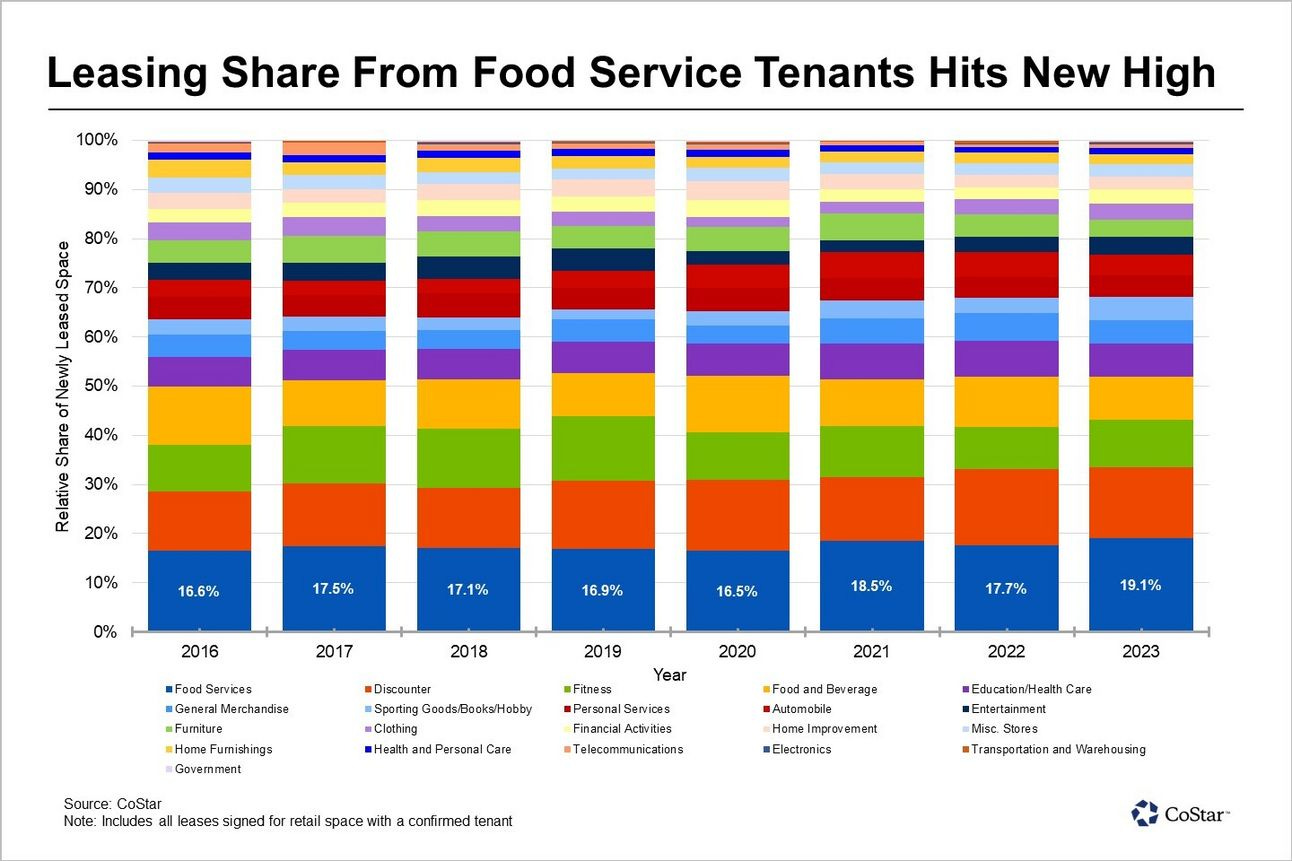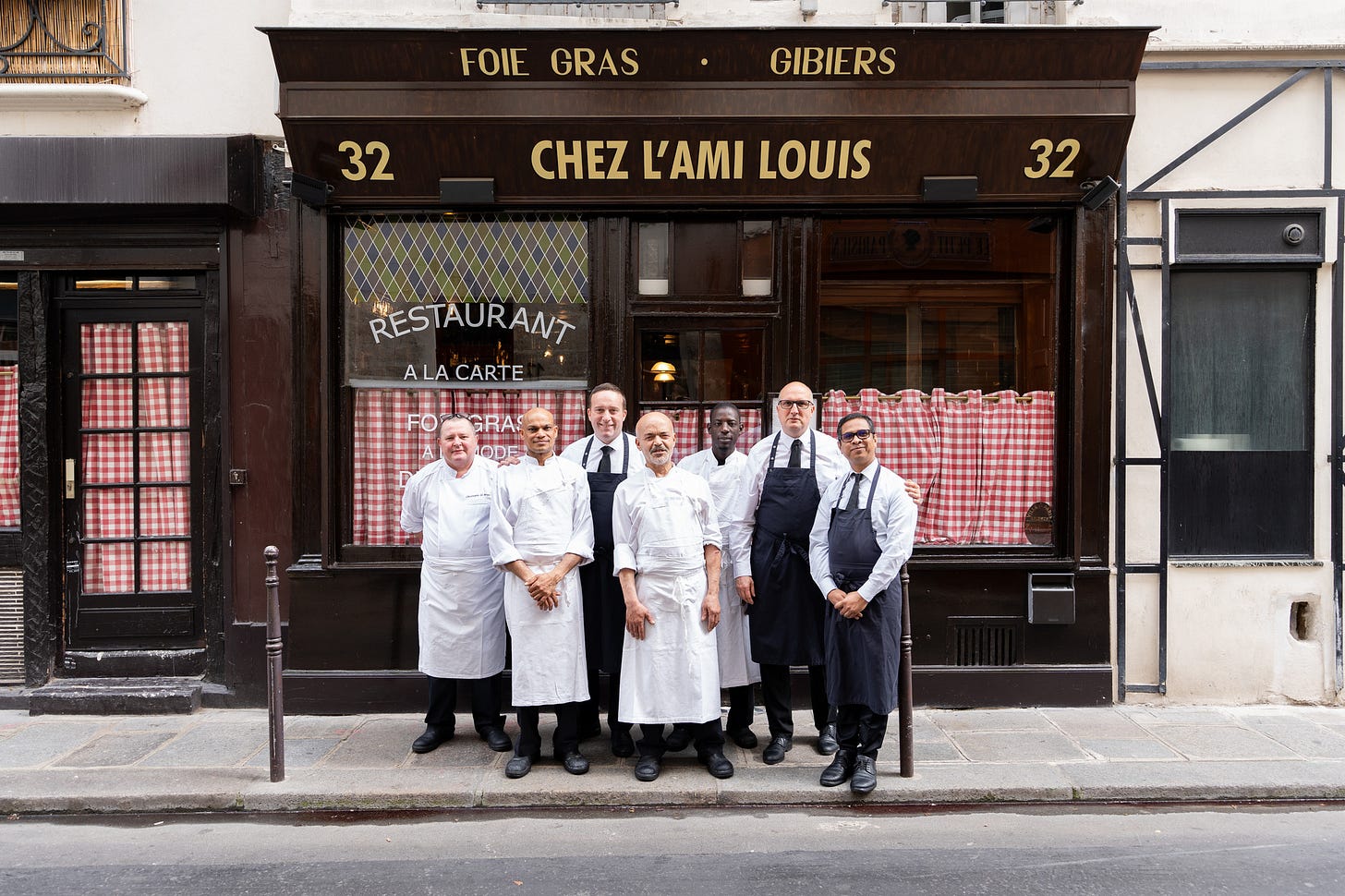Audio by Elevenlabs (can be a little wonky)
TL;DR
Search and browsers have been a primary medium for monetizing our attention over the last 25 years
AI will change this dramatically and quickly for two main reasons
The overload of AI generated content will further desensitize us to digital media and advertising
As search is replaced by direct answers, the surface area for marketing online will become even more consolidated into the worlds of Google, Meta, and Apple
Restaurants capture an enormous amount of attention and can be a gigantic new surface area for attention and marketing
We’re seeing early signs of it already but restaurants are going to establish themselves as a compelling medium for the world's $1T+ marketing and advertising spend.
Attention alone is not enough, segmentation and attribution are required for attention to be effectively monetized. Restaurant attention offers this as well.
*************************************************************************************************************
There is a very famous research paper called Attention is All You Need. It’s about the “T” in ChatGPT which stands for Transformer. As this restaurant manager understands it, transformers are a big part of how computers can understand natural language and are at the foundation for the current AI boom.
Anyway…this is not that paper. It will be equally revolutionary though. jk…
Herbert Simon introduced the idea of the Attention Economy in 1971. Simon was an economist, psychologist and Nobel Laureate. Simon recognized that in an environment with an abundance of information, human attention becomes a scarce and valuable resource that needs to be efficiently allocated. His ideas have shaped the world we live in today where trillions of dollars is tied to capturing, retaining, and directing our attention.
But our attention needs a surface area upon which to project. For the past 25 years the primary surface area has been web browsers and search. AI is about to upend this for a few key reasons:
The overload of AI generated content will further desensitize us to digital media and advertising
As search is replaced by direct Q&A, i.e. Google AI Overview, Apple Intelligence, Chat GPT, Perplexity, the surface area for capturing attention online will shrink
Those same massive players will further consolidate digital attention within their ecosystems
These three things will converge to make IRL attention more important than ever.
I am here to argue that restaurants represent one of the largest potential surface areas for real world attention. Monetizing that attention, I believe, is the key to solving for restaurant profitability today. Downward pressure on profitability from rising labor and costs of goods means that restaurants must find higher margin revenue streams to survive. Attention is our best option.
Retail Space
In the age of e-commerce, restaurants and food uses dominate ground floor retail. In 2016 food service leases accounted for 16.6% of all commercial leases. In 2023 that number was 19.1%, the most of any segment and the highest number ever recorded. That means that foodservice as a percentage of commercial leases has risen over 15% in 7 years.
This is also reflected in how Americans spend their money on food. For the last 20 years, pandemic aside, spending on food away from home has exceeded at home spending.
Time
Attention can be measured in time. The table below shows data around time spent eating and marries it with the percentage of meal dollars from full & limited service restaurants. The sources for this are the USDA’s Food Expenditure Series, American Time Use Survey from the Bureau of Labor Statistics, and current census data. I do not claim to be a statistician and fully realize that there are holes to be poked in how I got to these numbers. Even so, I think it’s very clear that the time spent in a restaurant, consuming restaurant food, and engaging with restaurants in some capacity is INSANE.

Americans spend an average of 1.23 hours a day eating and over 43% of meals are from a full or limited service restaurant.
Food Away from Home accounts for 54% of all food consumed but that includes cafeterias, vending machines and a couple other things that didn’t seem right to include.
Americans spend over 175 Million hours a day with food at or from a restaurant. That is nearly 65 billion hours a year, equivalent to 7.4 million years worth of time spent.
This is every single day, every single year and a biological necessity for most of us. But this is not even the only way restaurants grab our attention.
The average American over follows 8 to 12 restaurants on Instagram.
#Foodie gets about 650 million view per week on TikTok according to Spate data
Food is the second most popular topic on TikTik after music among Gen Z according to Morning Consult
Despite a lot of effort, I was not able to put a number of hours to the total attention that restaurants capture. But I think it’s reasonable to think it’s in the 100’s of billions of hours when you account for dining in, takeout, social media engagement, media impressions, etc.
Segmentation & Attribution
A large surface area of attention is only part of the equation, albeit a big one. The surface area must also offer segmentation to be an effective platform for reaching people. Restaurants inherently segment based on price, geography, concept, use case, menu focus & cuisine, service style, beverage focus and other factors.. Brillat-Savarin said in 1825 “Tell me what you eat and I will tell you who you are.” This is even more true today. Restaurants are lifestyle brands we use to self-identify and signal to others. Choice of restaurant tells economic, demographic, psychographic, social and health stories.
“Tell me what you eat and I will tell you who you are” Jean Anthelme Brillat-Savarin, The Physiology of Taste, 1825
If a brand or company invests in a channel to reach an audience, they need to be able to measure whether that channel is effective. For restaurants to harness the potential of their attention, there have to be mechanisms for attribution. This could take a number of forms: QR codes, affiliate marketing links, NFC or RFID tracking, beacon technology, promo codes and coupons all come to mind.
Segmentation and attribution get into dicey territory privacy-wise. Part of me feels like the privacy ship has sailed for most of us given our social media usage and relentless cookie tracking online. That said, I am constantly amazed that many things we’re willing to tolerate in other contexts, like dynamic pricing, are deemed unacceptable in restaurants. It’s very possible that guests are fine with Facebook or Google making money off of knowing where you eat but if a restaurant attempts to monetize its community in similar ways, forget it. I hope this is not the case; it will require good storytelling, seamless integration, and aligned incentives for guests to accept.
It’s Already Happening
This isn’t really a prediction as it’s here already. There are small examples of restaurants monetizing in new ways around the attention they receive. Julie, a morning after contraceptive,, is advertising via the coffee sleeves at Alfred Coffee in Los Angeles. Joans on Third, also in L.A., is also using their coffee sleeves as ad space for the Netflix Feud Series. Malin & Goetz, a skincare company, has ads on the top of Prince Street Pizza boxes. At our own restaurants, Shy Bird, we’re early on in an affiliate relationship with Zab’s Hot Sauce. The impact is negligible but we’re excited to see how it evolves.
These are smaller, early examples but there are also big moves that large companies are making to own the surface area of aligned restaurants. Just this past week LVMH, the largest luxury conglomerate in the world, purchased L’Ami Louis, a famous (and famously expensive) Paris bistro.
, in her newsletter , shared a text exchange with Melanie Masarin around this that is prophetic. Masarin founded Ghia after leading in marketing at Dig Inn and Glossier.“It’s like they want to own the places their customers are in beyond stores”.
Yes- they do. It’s surface area in the real world with an aligned customer segment. It’s an opportunity for LVMH to own that surface area fully, outside the grasp of the big digital landlords like Google & Facebook. It’s also a luxury that is tied to experience and biological need which is important for a luxury goods brand in an era where experiences are a more attractive luxury than handbags for many people.
Buying a famed French bistro is the path to piggybacking on a restaurant’s attention for a $385 billion company like LVMH. For many brands the way in will be to rent that attention in smaller ways. Our industry needs high margin revenue like this, streams of revenue that build on the hard work of fostering relationships & community through hospitality, food, and beverage. I am sure many will resist the commercialization of a restaurants attention but I think it’s the type of thing we desperately need as the economic riddle of restaurants gets harder and harder to solve. I say bring it on.










